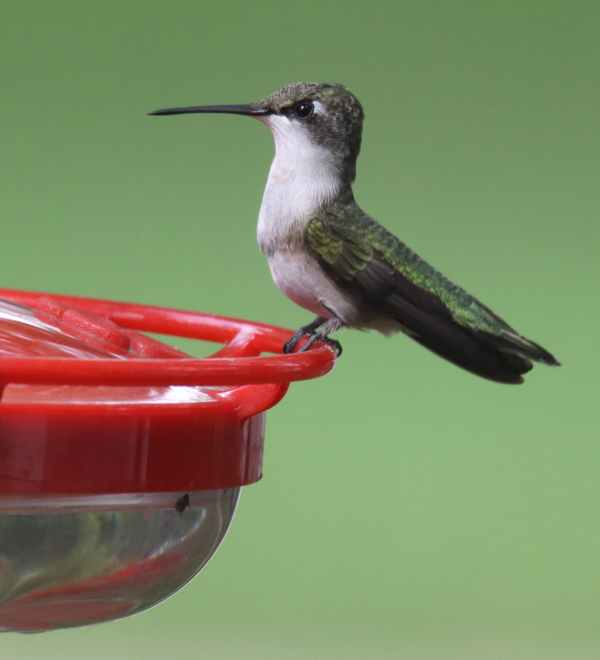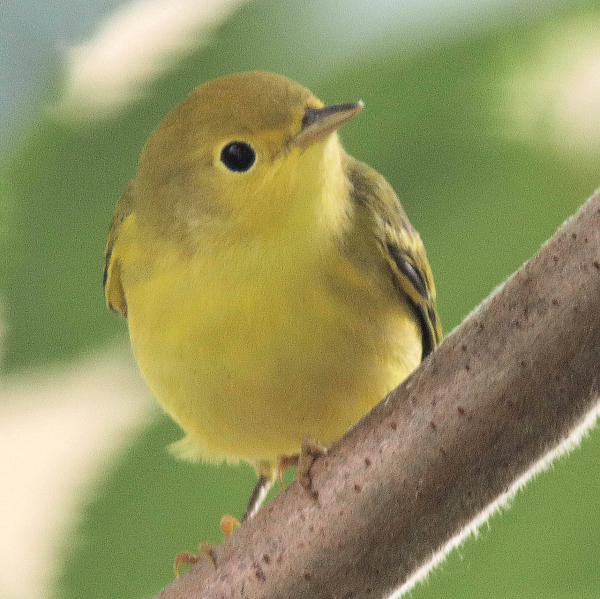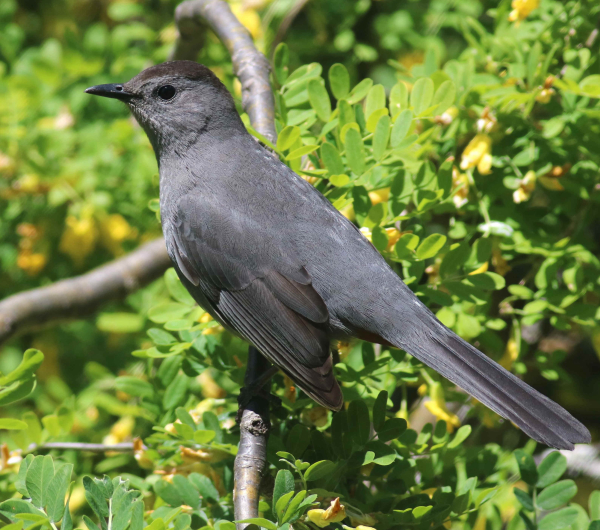Monitoring Bird Migration during mid-April
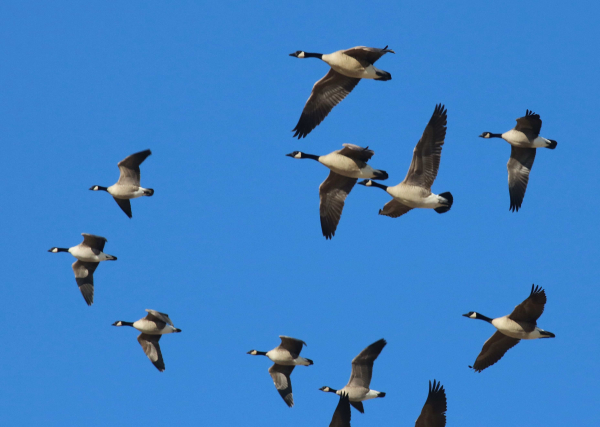
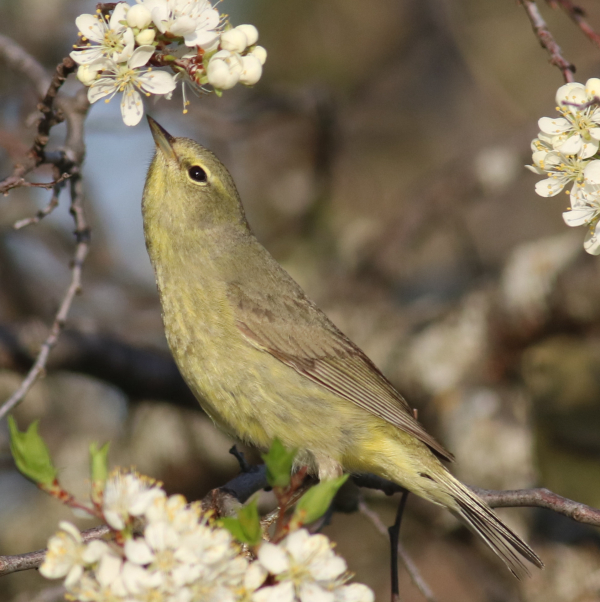
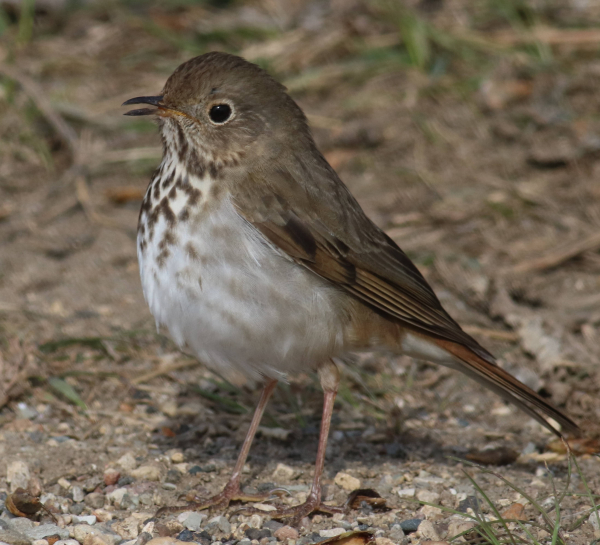
Bird Migration is really heating up, and there’s much more to come. Which species can you expect next? There is a remarkable tool you can use to prepare for new species that will soon arrive in your region, and when to expect the peak of migration for a given species in your region of the country – and more! Plus you can check continental radar screens that show weather-related migrations happening in real time or as recorded during the past several hours; you can even review last week’s migration radar info if you wish – on BirdCast.
During the past century, ornithologists began to realize the magnitude of bird migration that takes place at night. During ensuing decades, technological advances created breakthroughs in radar, acoustic, electronic, and optical technologies that have provided finer scales of exploration of the ecology of bird migration.
An overview of information regarding nighttime bird migrations shows that 1) on certain nights hundreds of millions of birds migrate across North America; 2) birds generally begin flights 30 to 45 minutes after sunset; 3) some birds fly all night when conditions are good and land just before dawn the next morning; 4) migration altitude varies by species and by local weather and topographical conditions, and ranges from many feet above ground to miles high; 5) in some places, some long-range migrates take nonstop flights of 60 to 100 hours that span oceans and continents! 6) Direct observation of nocturnally migrating birds is difficult.
This spring, you can monitor bird migration activity like the pros by using BirdCast, which provides live bird migration maps, not unlike a weather radar map showing on-going movements of birds as they migrate mostly northward. Created by The Cornell Lab of Ornithology, BirdCast migration forecasts are generated by computer models “trained” with the most recent 23 years of bird migrations with respect to atmospheric conditions, as monitored by the U.S. NEXRAD weather surveillance radar network. In these models BirdCast uses the North American Mesoscale Forecast System (NAM) to predict suitable conditions for migration occurring three hours after local sunset.
You can see the migration map for tonight, or review migration conditions for or any time this month, or back in March if you wish, at https://birdcast.info/live-migration-maps/ (give the map a few moments to load). To interpret the migration maps best, review the simple information provided at https://birdcast.info/research/review/ You will surely find BirdCast to be an interesting tool to refer to that ties weather conditions and bird migration together as you enjoy migration birding this season.
Species Migration Forecasts
Using the same impressive BirdCast information, species by species predictions are being provided for mid-April and beyond for all regions of the continent. So you can zero in on when will be the best time to find, or photograph, certain species and plan your birding time accordingly. You can simply study what’s happening now species by species, region by region, and what you can expect as the spring migration progresses at https://birdcast.info/scientific-discussion/species-on-the-move-mid-april/
As you experience bird migration this spring, use this as a time to expand your understanding and appreciation of migration. Often, when we have new birds arriving, we wish to find out where they spent the winter, where they will eventually nest, and learn more about their habitat use and life history information. That’s a natural progression in everyone’s interest in birds, and to assist you in your quest to learn more about individual species, families of birds, and birdlife overall, you can always refer to https://birdsoftheworld.org/bow/home for the best information science has to offer.
Share your birding experiences and photos at editorstbw2@gmail.com



